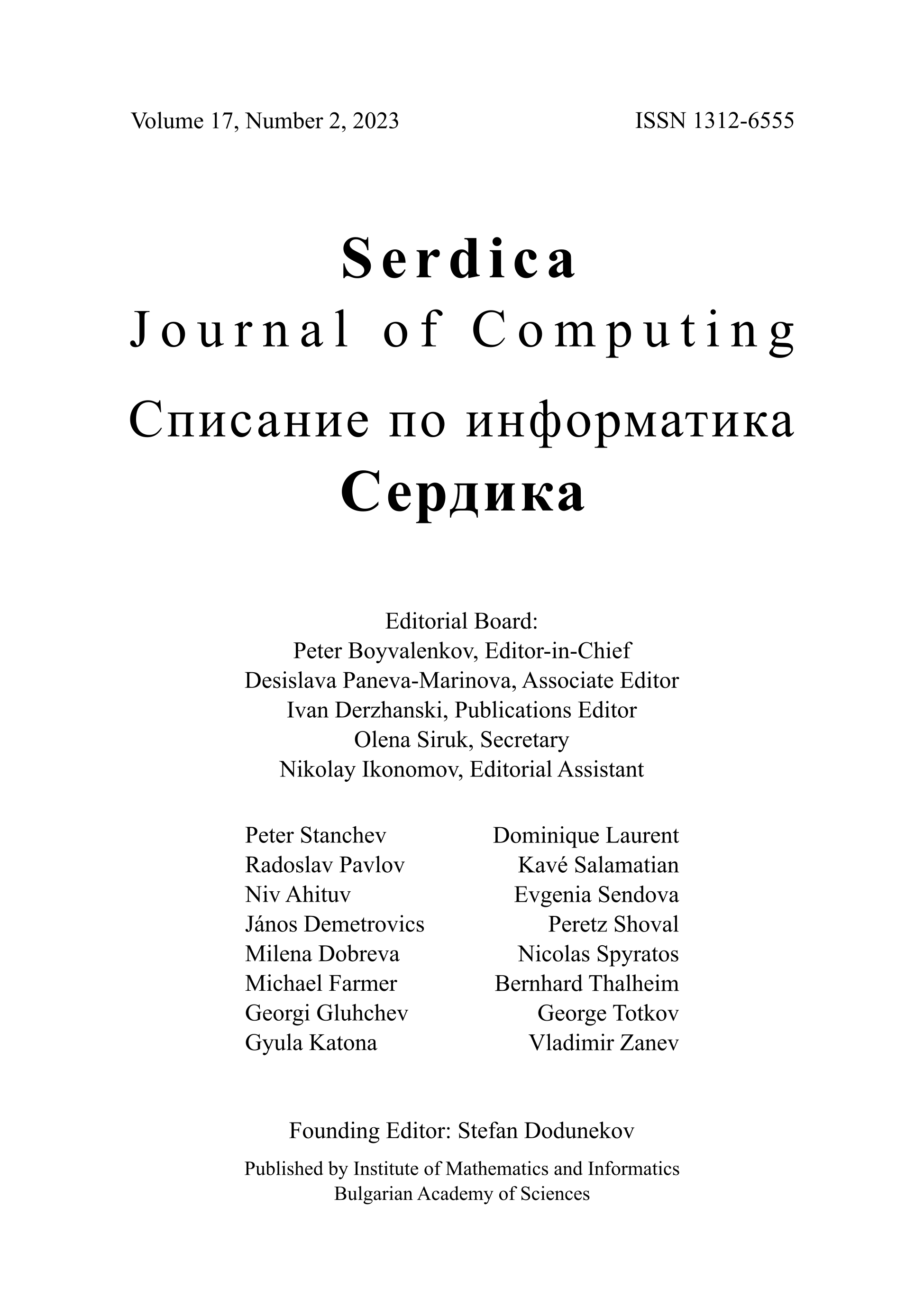Walk on the Hypercube with Minimum Similarities
DOI:
https://doi.org/10.55630/sjc.2022.16.57-70Keywords:
Scheduling, Travelling Salesman Problem, Transportation Problem, Integer ProgrammingAbstract
An efficient scheduler (algorithm) as a part of batch processing, implemented in a real warehouse management system is considered. The goal is not completion time but rather the fairness of the schedule expressed as a minimal overload of working places (machines, workers, etc.) used. As a combinatorial optimization problem, the objective is to find the permutation of the rows of a n x k boolean matrix B that minimizes the sum of the scalar products of each two consecutive rows. For the above-mentioned warehouse, the size n of a batch is in thousands and the number of working places is up to ten.
The problem is modeled as many visits traveling salesman problem over the vertices of k dimensional unit hypercube with distances equal to the scalar products of the coordinate vectors of the vertices.
The case n= 2^k is proven NP-hard and for the needs of the practice, where n >> k a heuristic greedy algorithm with a good, experimentally proven precision is proposed.

